https://cdn.steemitimages.com/DQmP7aCJojKuB2iyeiEDDxvkQfYvM2Jd96kc23gm1Ph53Qp/DA7CflR2qBZET1eM_seriouseats-.%20com.jpg

It is natural that people from different cultures around the world will have different types of food. In some regions or cultures people are accustomed to foods rich in spices and on the other hand, some find it more common and more flexible in food. It is true that all over the world, the Japanese are very bold and demanding ideas for food. Japan famous for its perfect architectural art, advanced technology and strong heritage. Japan is unique with more games including weird game shows, colorful anime, all sorts of weird gadgets. Likewise, Japanese cuisine is also more palatable and bizarre than all other countries and their cultures. Japanese chefs are notorious for their fusion cuisine, combining their cuisine with every other food in the world. Let's get acquainted with some Japanese dishes. The dancing squid One of the most popular dishes in Japan. It looks like the squid is still alive but you can be sure the squid is dead already. As you pour the soy sauce over the squid, the squid will start to jump right away. It's not long before the squid is dead. Although dead, its body cells are still active. The reaction starts with the contact of the salt squid in the soy sauce. Causing the dead squid to jump.

This dancing squid created extreme controversy online. Many call it 'Animal Cruelty'. But in the process of cooking, the squid's brain is removed. So the squid does not feel any pain after being exposed to the soy sauce while serving. Habsu Just think once, a bottle filled with drinks and a snake rolling in front of you! Now you are served with great appreciation by pouring that drink from the bottle into the glass. What to do Run away or will you look at this strange and horrible drink?
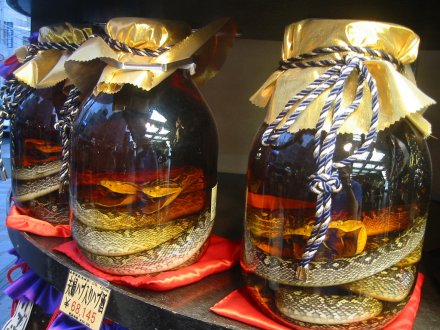
Habasu is a drink whose poisonous viper snake is released into the bottle. Don't worry about poison, the alcohol in the drink makes the snake's poison inactive. The popularity of this bizarre beverage has spread beyond Japan to China, the Philippines and South Korea. Viper snakes are able to live healthy for a long time (about a year) and their intercourse is believed to last for long periods of time. Habsu makers often take snakes out of the bottle before being marketed, and some adventurous liquor-maker snakes into the bottle so that everyone can see. Habusu makers keep the wipers in the bottle for about a month and then add more ingredients to it. The poison and the unwanted odor of the snake goes away from the drink. Sea Grapes Many are also known as 'green caviar' again. They are actually a type of seaweed. In Japan it is known as Yumibudo. In the shallow waters of Okinawa Island in the south of Japan, green circular shoals are produced. This meal is usually eaten as a salad in a raw state with ponzu sauce. With the appearance of a very small green bubble, these seeps through the mouth will give you a salty taste in the mouth. Japanese chefs also use this seaweed to prepare a variety of seafood. Sea grapes are used in smoked salmon blini and tuna sashimi.
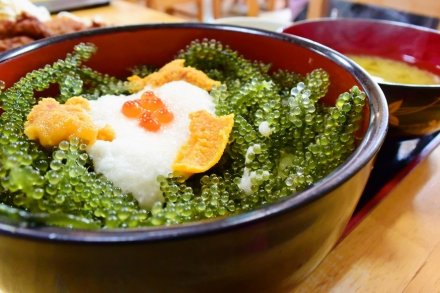
These sea grapes also have high nutrients. Carbohydrates, proteins, fibers, omega-3s, antioxidants and minerals. However, some studies suggest that c grapes contain significant levels of cadmium. Which indicates a potential toxicity. This seaweed is also popular in other countries of Asia. It is regularly seen on the menu of food in the Philippines and Malaysia. Hachinoko Hachinoko is one of the most popular snacks in Japan. Hachinoko is a fried twisted beekeeper in oil. The broom is a bee's baby. Bees are fried with soy sauce and sugar for a great twist and taste. The best way to eat Hachinoko is with beer. If the baby bees are bent on eating this fried bee, be sure to look for a bar in Japan.
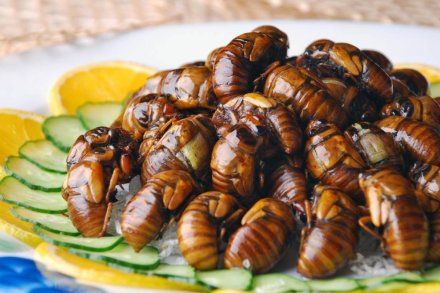
Fugue It's not a matter of adding fugu to the food menu. If a chef wants to serve Fugu, he must first get a license to cook and serve this meal. Because it is a toxic puffer fish rich in tetrodotoxin. 125 times more deadly than cyanide. The skin and organs of these fish are all toxic. Therefore, only qualified chefs will be able to prepare Fugu. Not otherwise Despite the health risks, people eat about ten thousand fungus every year.
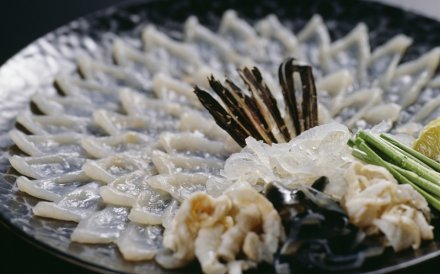
Shiro no Odorigu Most people want to be dead before eating their food. But for those who love to eat this food, the opposite is true. Shirouo means small transparent fish. And Odorigui means a great movement during eating. This is another meal for the Japanese after the dancing squid, which jumps in the mouth while eating. In a bowl whisk vinegar, fish and egg yolks, give your food ready!
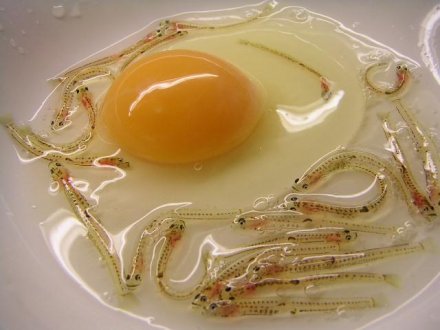
Basasi Basasi is very popular among the Japanese. However, it is best for horse lovers to stay away from this meal. There have been many rumors about when it started to get bassy. Some say it was the first samurai to eat. When he was trapped in Kiyosu during the war in 9, Samurai was the first to eat raw horse meat. The fighting soldiers were trapped for 5 days and were forced to eat horse meat in order to save lives. Bassei cold is usually served with soy sauce, garlic and wasabi. The Japanese also make desserts with bassi, such as bassi ice cream.

On the way Another fairly bizarre but popular dish of the Japanese is the yam yumi, which is prepared with insects along the seashore. The literal translation of the name jamusi, mushi, means that insects live in a place where zaazaa means the flow of water. Not a single insect name, but all of the insects found on the sea. You can also buy these foods in the form of cans at grocery stores, as you would find in restaurants.


Originally posted here: https://steemit.com/travel/@hasan086/strange-all-japanese-food


















No comments:
Post a Comment